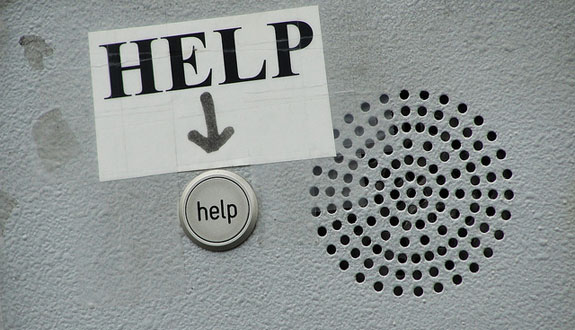Three Last-Minute July LSAT Tips
- by
- Jul 01, 2019
- General LSAT Advice, LSAT
- Reviewed by: Matt Riley


With the July LSAT just a few days away, you should be using your remaining study time to fine-tune your approach. Hopefully by now you’ve nailed down your basic strategy for each section, but here are a few last-minute tips to help you grab an extra point or two.
1. Logical Reasoning
Underline the argument’s conclusion and refer to it while eliminating answer choices.
Yes, there’s a 50/50 chance you will be taking the tablet-based LSAT this month, but you can still do many of the integral LSAT tactics you’ve come to depend on, like underlining, highlighting, and strikethroughs. If you haven’t familiarized yourself with the new digital LSAT interface, we highly recommend you do so before the exam.
You’ve probably noticed in the course of your studying that a lot of incorrect answers are “outside the scope of the conclusion,” meaning that they don’t actually address the argument in question. For instance, for Strengthen and Weaken questions, it’s important to know exactly what idea you’re trying to strengthen or weaken. For Sufficient and Necessary questions, it’s important to differentiate between the premises and the conclusion.
Basically, when a conclusion exists (which is not always the case – for example, inference questions like Must Be True usually don’t have conclusions), it’s going to be important for you to have a crystal-clear idea of what the conclusion is, and having the conclusion underlined will make it easier to eliminate incorrect answers that have no bearing upon the conclusion.
2. Reading Comprehension
Keep track of any viewpoints that are introduced.
It’s common to get bogged down in the details of a Reading Comprehension passage, but it’s actually more important to understand the overall structure of the passage – the number of viewpoints, how they relate each other, and which viewpoint (if any) the author supports. Keeping track of viewpoints as they appear in the passage can help keep you focused on the “big picture” of the passage and will improve your overall understanding of the passage’s structure and main point.
If you find yourself taking the digital LSAT, assign a different highlighter color to each new viewpoint that appears. Bring an actual highlighter in case you get the traditional paper format.
3. Logic Games
Note: As of August 2024, the LSAT will no longer have a Logic Games Section. The June 2024 exam will be the final LSAT with Logic Games. Learn more about the change here.
For help with finding deductions, look at how rules relate to each other.
The biggest deductions are found by thinking about how rules might impact each other. After you’ve written your set-up and jotted down the rules, take a moment to look them over, paying special attention to any cases in which multiple rules deal with the same player or players. In that case, that player is especially restricted and you should see if you can find any deductions based on it.
You’ll also want to take note of any especially restrictive rules, which can come in many forms – they might limit who can be in a certain spot or force certain players to be in the same group. Whenever you see a particularly restrictive rule, you should be thinking about whether any of the other rules will also be affected. Only after trying to find deductions are you ready to start on the questions.
4. Bonus: Don’t forget to sleep!
The last thing you want to do is show up exhausted on test day. It really won’t do anything for your mood or performance. Make sure you get a good night’s sleep two days before your exam just in case anxiety-induced insomnia creeps up on you the night before the LSAT. More importantly, don’t forget to completely relax the day before the test. Cramming or last-minute studying won’t help you at that point, and in fact, might actually be detrimental. Trust that you’ve done the hard work and give it your all!
The LSAT might be coming up fast, but you still have enough time to make some real progress in your prep. We also can’t stress enough how important it is to [at least] take one practice test on a tablet to get used to the nuances of the digital exam. You can get access to a couple digital practice LSATs—and hundreds of hours of LSAT prep videos—for free here. Otherwise, take a deep breath and keep going. You’re almost done!
Don’t forget to subscribe to our newsletter at the top right of this page for more helpful LSAT tips and advice on what to do after you take the exam—i.e. how to write a winning personal statement or how to ask for a letter of recommendation.
An earlier version of this article was published February 4, 2015.
Search the Blog

Free LSAT Practice Account
Sign up for a free Blueprint LSAT account and get access to a free trial of the Self-Paced Course and a free practice LSAT with a detailed score report, mind-blowing analytics, and explanatory videos.
Learn More
Popular Posts
-
logic games Game Over: LSAC Says Farewell to Logic Games
-
General LSAT Advice How to Get a 180 on the LSAT
-
Entertainment Revisiting Elle's LSAT Journey from Legally Blonde








